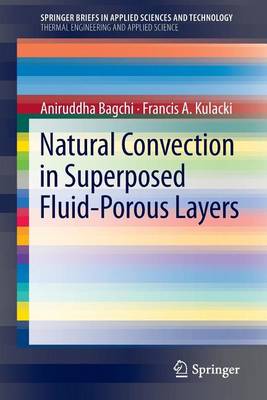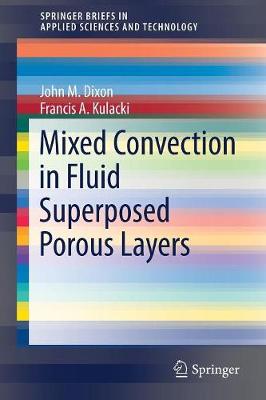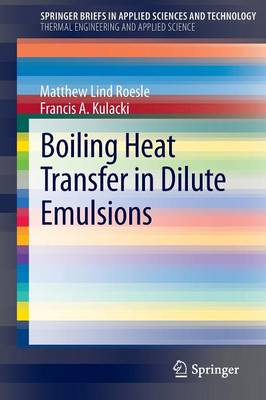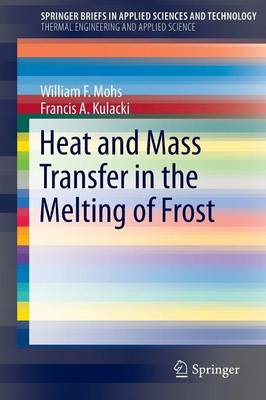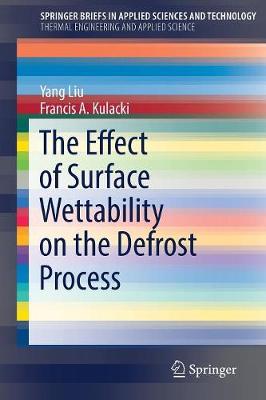SpringerBriefs in Applied Sciences and Technology
6 total works
Natural Convection in Superposed Fluid-Porous Layers
by Aniruddha Bagchi and Francis A Kulacki
Mixed Convection in Fluid Superposed Porous Layers
by John M. Dixon and Francis A Kulacki
This Brief describes and analyzes flow and heat transport over a liquid-saturated porous bed. The porous bed is saturated by a liquid layer and heating takes place from a section of the bottom. The effect on flow patterns of heating from the bottom is shown by calculation, and when the heating is sufficiently strong, the flow is affected through the porous and upper liquid layers. Measurements of the heat transfer rate from the heated section confirm calculations. General heat transfer laws are developed for varying porous bed depths for applications to process industry needs, environmental sciences, and materials processing. Addressing a topic of considerable interest to the research community, the brief features an up-to-date literature review of mixed convection energy transport in fluid superposed porous layers.
Boiling Heat Transfer in Dilute Emulsions
by Matthew Lind Roesle and Francis A Kulacki
Heat and Mass Transfer in the Melting of Frost
by William F. Mohs and Francis A Kulacki
Buoyancy-Driven Flow in Fluid-Saturated Porous Media near a Bounding Surface
by Hitoshi Sakamoto and Francis A Kulacki
